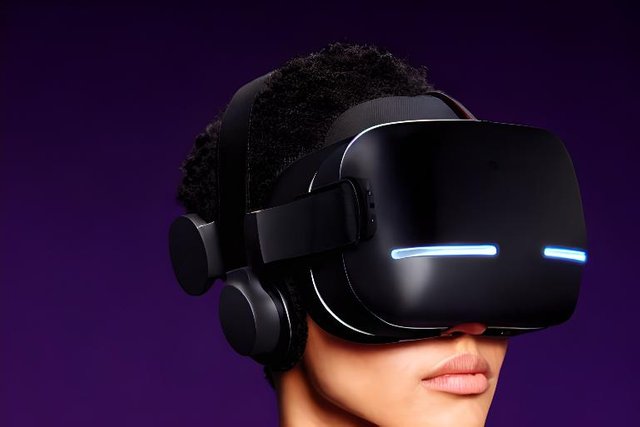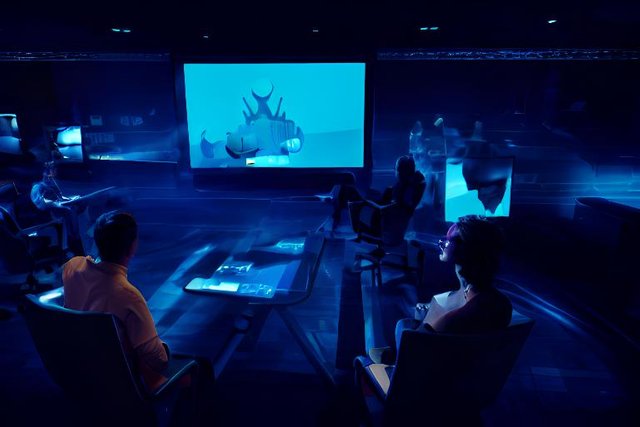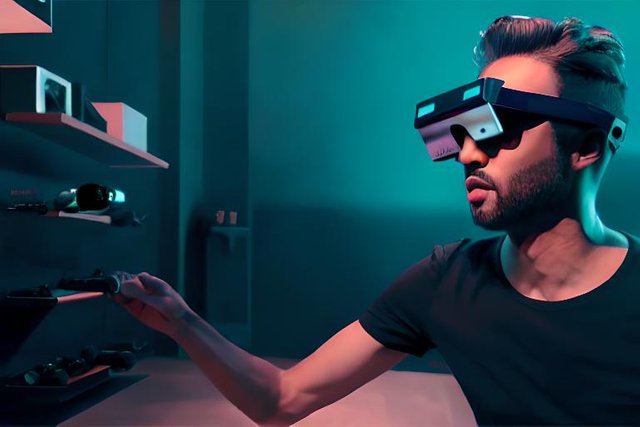The Evolution of Immersive Technology: Unraveling the Future Beyond VR's Decline
The virtual reality (VR) industry, once hailed as the future of immersive technology, has recently been under scrutiny. Speculations surrounding the decline of VR have sparked heated debates among tech enthusiasts and industry experts. In this blog, we delve into the current state of VR, explore the challenges it faces, and shed light on the potential future of immersive experiences in the tech landscape.

VR emerged with grand promises of revolutionizing how we interact with digital content. In its heyday, the technology showcased incredible potential in various fields, from gaming and entertainment to healthcare and education. However, despite initial excitement, VR has grappled with significant hurdles that have hindered its mainstream adoption.

The Challenges:
Several key factors have contributed to VR's struggles. High costs of entry, including pricey hardware and sophisticated setups, have limited its accessibility to a broader audience. Additionally, issues related to motion sickness and discomfort have deterred some users from fully embracing the technology. Furthermore, content fragmentation and a lack of compelling applications have hampered the growth of VR ecosystems.

Redefining Immersive Experiences:
While the fate of VR may appear uncertain, it is crucial to recognize that the journey towards immersive experiences is far from over. Alternative technologies, such as augmented reality (AR) and mixed reality (MR), have emerged as viable contenders. These technologies offer promising advancements, blending the virtual with the real world seamlessly.
The Resurgence of AR and MR:
AR and MR technologies have demonstrated remarkable versatility and potential for real-world applications. From enhancing productivity in various industries to redefining consumer experiences, these immersive technologies offer a broader range of possibilities. Unlike VR, AR and MR enable users to interact with both virtual and physical environments, bridging the gap between the digital and real worlds.

The Road Ahead:
As VR faces its own set of challenges, the tech community must embrace an adaptable mindset and be open to exploring new avenues. Integrating VR with AR and MR technologies may hold the key to a more harmonious and accessible immersive future. By leveraging the strengths of each technology, developers can create dynamic experiences that cater to diverse user preferences.
The Rise and Fall of VR:

Conclusion:
While some may claim that VR is on its deathbed, the reality is more nuanced. The immersive technology landscape is ever-evolving, with VR, AR, and MR each presenting their unique strengths and opportunities. As we bid farewell to the VR-centric era, we welcome a new chapter where the boundaries between the virtual and the real world blur, giving rise to transformative and inclusive immersive experiences.
As we embark on this journey, we must remain vigilant, seeking innovation and collaboration to unlock the full potential of immersive technologies, shaping a future where human experiences and digital interactions intertwine seamlessly.